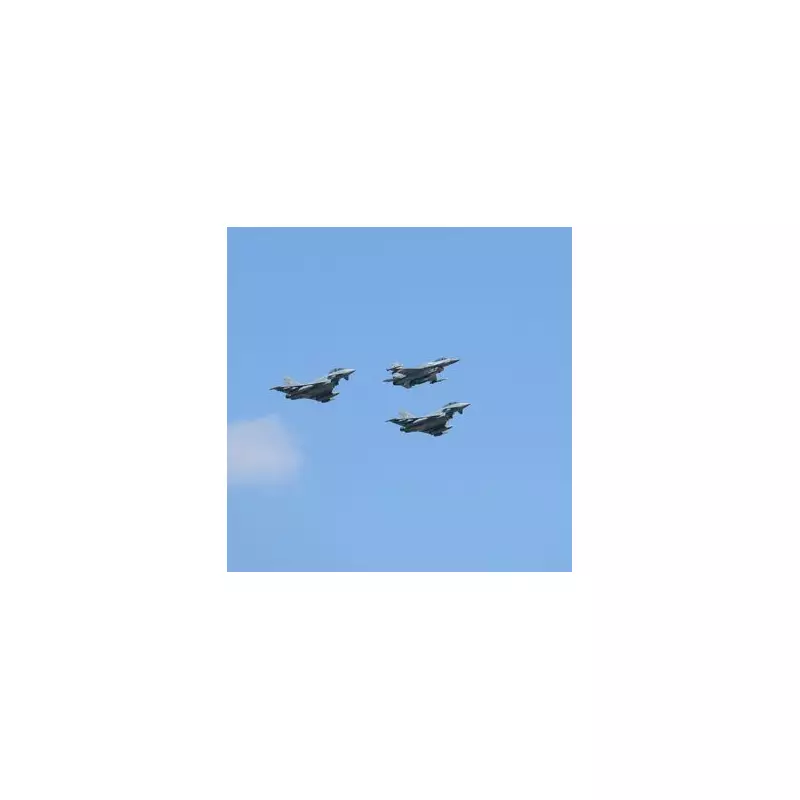
RAF Typhoon fighter jets were dramatically scrambled to intercept a Russian nuclear-capable bomber after it violated Polish airspace in a major escalation of tensions between Moscow and NATO forces.
The incident, which occurred during Vladimir Putin's strategic bomber flight near NATO borders, saw the advanced British fighters respond within minutes to the airborne threat. Defence sources confirmed the Russian Tu-160 'Blackjack' bomber - capable of carrying nuclear weapons - briefly entered Polish territory before being intercepted and escorted out of the area.
Immediate NATO Response
According to military officials, the rapid response demonstrated NATO's unwavering commitment to collective defence. The RAF Typhoons, operating from allied bases, were vectored toward the intruding aircraft within moments of detection by radar systems.
'This was a serious violation of sovereign airspace,' a senior defence official stated. 'Our pilots responded with professionalism and precision, ensuring the situation was resolved without escalation.'
Putin's Provocative Flight Path
The incident occurred as President Putin personally oversaw strategic bomber flights in the region, a move widely interpreted as a show of force amid ongoing tensions over Ukraine. The Tu-160, known as the 'White Swan' in Russian service, is among the most advanced bombers in Moscow's arsenal.
Military analysts suggest the airspace breach may have been intentional, designed to test NATO response times and defence readiness. The timing, during planned Russian exercises, adds to concerns about increasing military provocations.
International Reactions
Polish authorities have confirmed they are preparing an official protest to Moscow regarding the violation. NATO command has been briefed on the incident, with discussions underway about potential additional measures to reinforce eastern flank security.
This latest incident follows a pattern of increased Russian military activity near NATO borders, raising concerns among alliance members about airspace security and defence capabilities in the region.





